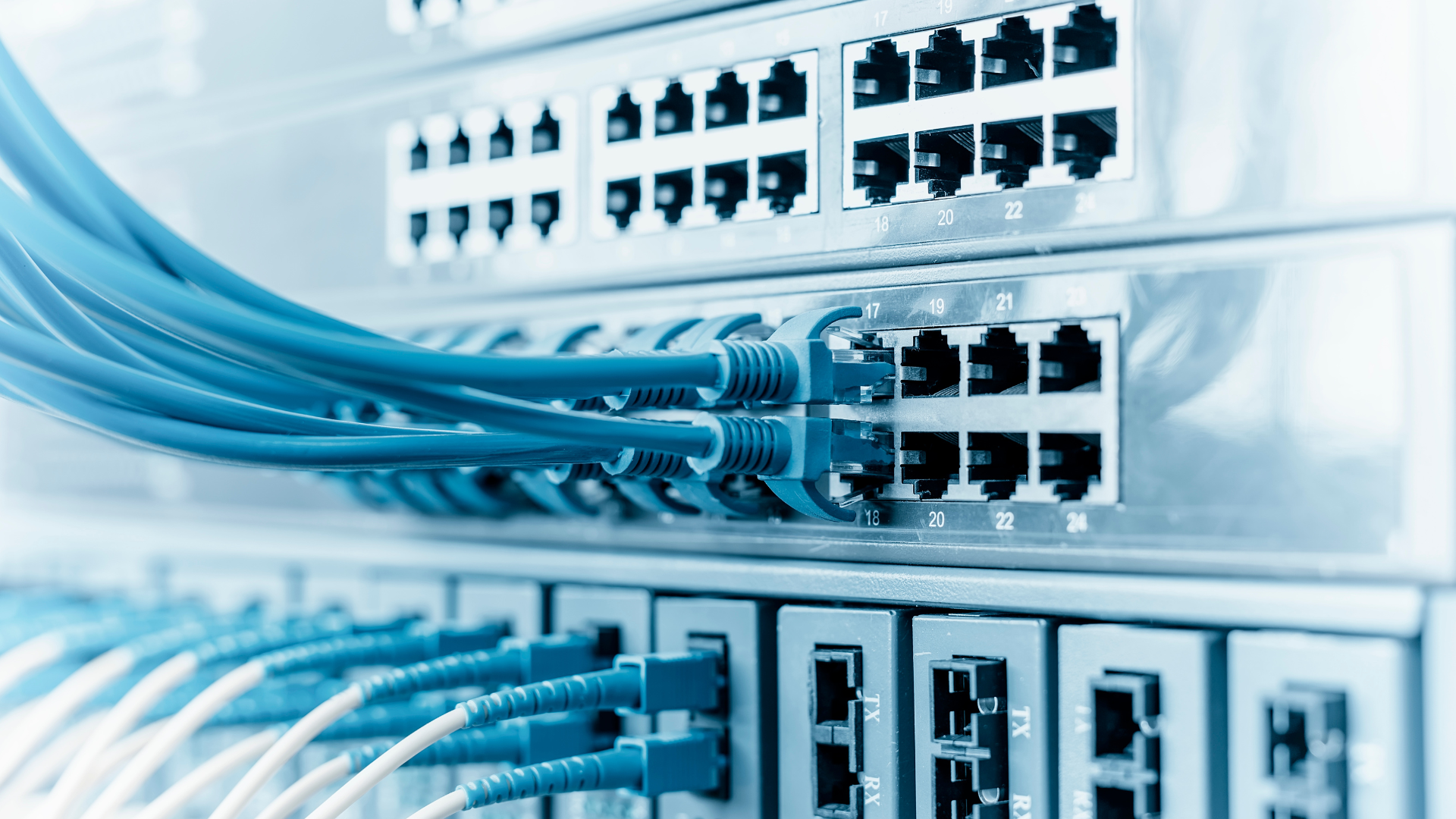Fiber Optic Internet vs High-Speed Internet: Which One Is Right for You?
In today's fast-paced digital world, a reliable internet connection is more important than ever. Whether you're working from home, streaming your favorite shows, or gaming online, the speed and reliability of your internet service can make a huge difference. Two of the most popular types of internet connections available today are fiber optic internet and high-speed internet. But which one should you choose?
At MWA Marketing, we understand how vital internet service is for your business and personal needs. In this blog, we’ll explore the key differences between fiber optic internet and high-speed internet to help you make an informed decision.

What is Fiber Optic Internet?
Fiber optic internet is a newer and more advanced type of internet connection that uses light signals transmitted through glass or plastic fibers to deliver data. This allows for extremely high speeds and reliability, making fiber optic internet the best option for heavy internet users, businesses, and households with multiple devices.
Unlike traditional copper wires used in other internet connections, fiber optics transmit data using light pulses, which are faster and more efficient. Fiber optic internet is capable of reaching speeds up to 1Gbps (gigabit per second) and beyond, with some providers offering even faster speeds. This makes it ideal for activities that require a lot of bandwidth, such as 4K streaming, large file transfers, and online gaming.
What is High-Speed Internet?
High-speed internet is a general term used to describe any internet connection that offers faster speeds compared to traditional dial-up connections. This term includes a variety of internet technologies such as DSL (Digital Subscriber Line), cable, and satellite. However, the definition of "high-speed" can vary depending on the internet provider and the location.
In the U.S., the Federal Communications Commission (FCC) defines high-speed internet as having a download speed of at least 25 Mbps (megabits per second). While high-speed internet is generally faster than older technologies like dial-up, it is often slower and less reliable compared to fiber optic internet.
Fiber Optic Internet vs High-Speed Internet: Key Differences
Here’s a comparison of fiber optic internet and high-speed internet in terms of speed, reliability, availability, and cost:
1. Speed
When it comes to speed, fiber optic internet is the clear winner. Fiber optic connections can offer download speeds of up to 1Gbps or more, which is significantly faster than most high-speed internet options.
For example, cable or DSL high-speed internet typically offers speeds ranging from 10 Mbps to 100 Mbps, with fiber optic internet providing 1000 Mbps (1 Gbps) or higher. This speed difference means fiber optic internet can handle multiple devices, heavy workloads, and high-demand activities like HD video streaming, online gaming, and large file uploads without any lag.
2. Reliability
Reliability is another area where fiber optic internet stands out. Fiber optic cables are not affected by electrical interference, making them much more stable than other internet technologies. Whether it’s a rainy day or a busy evening with high internet usage, fiber optic connections maintain their speed and reliability.
In contrast, high-speed internet options like DSL or cable can be more prone to signal degradation, especially over longer distances or in areas with poor infrastructure. Satellite internet, often considered a type of high-speed internet, is also susceptible to weather-related disruptions, such as heavy rain or storms.
3. Availability
One of the major disadvantages of fiber optic internet is that it is not widely available in all areas. While fiber optic networks are rapidly expanding, they are still mostly found in urban areas or specific regions where infrastructure investment has been made.
High-speed internet, on the other hand, is available in many more locations, including rural areas. DSL and cable internet are commonly available in both urban and suburban areas, and they tend to have a wider coverage compared to fiber optic internet.
4. Cost
Fiber optic internet tends to be more expensive than other types of high-speed internet due to the higher costs of installation and infrastructure. While the speed and reliability of fiber optics justify the higher price, it may not always be necessary for casual internet users or those with lighter usage needs.
High-speed internet plans, such as DSL or cable, are generally more affordable. For those who only need the internet for basic tasks like browsing the web, checking email, or streaming standard-definition videos, high-speed internet might be a more cost-effective choice.
5. Future-Proofing
If you’re planning to stay ahead of the curve and future-proof your internet connection, fiber optic internet is the way to go. As the demand for data continues to increase, fiber optics will be able to handle the growing need for higher speeds and bandwidth. Fiber optic technology is designed for scalability, meaning that even as data demands rise in the future, fiber optic networks can be upgraded to meet those needs.
In comparison, high-speed internet options like DSL and cable may face limitations as the need for faster connections increases. These technologies may struggle to keep up with the demands of new technologies such as virtual reality (VR), 5G, and ultra-high-definition video streaming.
Which is Better for Your Business?
If you run a business, fiber optic internet is the best choice for optimal performance. With its blazing-fast speeds, reliable service, and scalability, fiber optics ensure that your team can work efficiently, whether it's through cloud-based applications, video conferencing, or uploading large files.
However, if you’re just starting out and need an affordable, reliable internet connection for basic tasks, high-speed internet options like DSL or cable might be sufficient. They provide the speed you need for general browsing, streaming, and emailing without the high cost associated with fiber optics.
Conclusion: Fiber Optic Internet vs High-Speed Internet
In conclusion, choosing between fiber optic internet and high-speed internet comes down to your specific needs and budget. If you're looking for fast, reliable, and future-proof internet, fiber optic internet is your best bet. It’s perfect for businesses, heavy internet users, and smart homes with multiple devices.
If you're looking for an affordable, basic internet solution and are okay with moderate speeds, high-speed internet options like DSL or cable could be the right choice.
At MWA Marketing, we understand that choosing the right internet connection is crucial for your online experience. Whether you're a small business or an individual user, we're here to guide you in making the best choice based on your needs. If you're looking for more information on internet service providers or need digital marketing services to promote your business, contact us today to get started!


